Introduction
VT and VTI are two widely used Vanguard ETFs, each offering distinct investment strategies and market exposure. VT provides global diversification by including stocks from both developed and emerging markets, while VTI focuses solely on the U.S. stock market. Investors often compare these funds to determine the best approach for portfolio diversification, weighing the benefits of international exposure against the stability of domestic equities. Understanding the differences between VT and VTI helps investors align their choices with long-term financial goals and risk tolerance.
Fund Composition and Market Exposure
VT offers broad global diversification by including stocks from both developed and emerging markets, providing exposure to economies beyond the U.S. This approach helps investors mitigate risks associated with domestic market fluctuations while capturing growth opportunities worldwide. In contrast, VTI focuses solely on the U.S. stock market, relying on domestic economic trends and sector performance. Geographic allocation plays a crucial role in balancing risk and return potential, with VT offering a more diversified approach and VTI benefiting from the stability of U.S. equities. Investors choose between these funds based on their preference for international exposure or domestic market concentration.
Expense Ratios and Cost Efficiency
VT and VTI both offer low-cost investment options, but their expense ratios differ, impacting long-term returns. VT has an expense ratio of 0.07 percent, while VTI maintains a lower 0.03 percent, making it a more cost-efficient choice for investors focused on minimizing fees. Over time, lower expense ratios allow more capital to remain invested, compounding gains and improving portfolio performance. VT’s global diversification may justify its slightly higher cost, but for those prioritizing cost efficiency, VTI provides an advantage. Understanding these differences helps investors optimize their strategies based on financial goals and investment horizons.
Historical Performance and Market Trends
VT and VTI have shown distinct performance trends over time, reflecting their differing market exposures. Over the past decade, VT has delivered an annualized return of approximately 9.08 percent, while VTI has outperformed with a 12.08 percent annualized return. This difference is largely due to VTI’s exclusive focus on the U.S. stock market, which has experienced strong growth compared to international markets. Global economic conditions influence VT’s returns, as emerging markets and foreign equities introduce additional volatility. Investors evaluating historical trends should consider whether they prefer the broader diversification of VT or the historically stronger performance of U.S. equities through VTI.
Risk and Volatility Considerations
VT and VTI differ in their risk profiles due to their market exposure. VT includes international stocks, making it susceptible to currency fluctuations and geopolitical risks. Changes in exchange rates can impact returns, especially when the U.S. dollar strengthens against foreign currencies. VTI, on the other hand, relies solely on U.S. economic stability, benefiting from domestic sector performance but lacking global diversification. Diversification plays a crucial role in managing portfolio risk, with VT offering broader exposure to global markets while VTI provides a more concentrated approach focused on U.S. equities. Investors should weigh these factors based on their risk tolerance and investment objectives.
Dividend Yields and Income Generation
VT and VTI differ in their dividend yields and income generation potential due to their market exposure. VT, which includes international stocks, has a dividend yield of approximately 1.86 percent, with quarterly payouts that vary based on global market conditions. VTI, focused on U.S. equities, generally offers a lower yield but benefits from more consistent dividend growth. Reinvesting dividends allows investors to compound returns over time, enhancing portfolio stability and long-term wealth accumulation. Evaluating dividend stability involves analyzing payout ratios and historical growth trends, helping investors determine which ETF aligns best with their income generation goals.
Tax Efficiency and Portfolio Impact
VT and VTI differ in their tax efficiency due to their market exposure and fund structure. VT, which includes international stocks, may result in foreign tax withholding on dividends, impacting overall returns. VTI, focused solely on U.S. equities, avoids this issue, making it more tax-efficient for domestic investors. Additionally, VTI’s structure minimizes taxable distributions, reducing capital gains exposure compared to VT. Investors seeking to optimize tax efficiency often favor VTI for its lower tax burden, while those prioritizing global diversification may accept VT’s tax implications as part of a broader investment strategy.
Investor Preferences and Portfolio Allocation
Global investors often favor VT for its broad market exposure, as it includes stocks from both developed and emerging economies. This diversification helps mitigate risks associated with domestic market fluctuations and provides access to international growth opportunities. In contrast, U.S.-focused investors prefer VTI for its concentration in American equities, benefiting from the stability and historical strength of the U.S. economy. Investor sentiment plays a crucial role in fund selection, with those seeking global diversification leaning toward VT, while investors prioritizing domestic market performance opt for VTI.
Long-Term Investment Strategy
VT and VTI cater to different long-term investment strategies based on financial goals and risk tolerance. VT provides global diversification, making it suitable for investors seeking exposure to international markets alongside U.S. equities. VTI, focused solely on the U.S. stock market, benefits from domestic economic stability and historically strong performance. Portfolio allocation strategies incorporating VT and VTI depend on an investor’s preference for diversification versus concentrated exposure. Balancing diversification, cost, and tax efficiency ensures optimal returns, with VT offering broader market coverage and VTI providing lower expense ratios and tax advantages for U.S.-focused investors.
Conclusion
Choosing between VT and VTI depends on an investor’s financial goals, risk tolerance, and preference for diversification. VT provides global market exposure, allowing investors to tap into both developed and emerging economies, while VTI focuses solely on U.S. equities, benefiting from domestic economic strength and historical performance. Cost considerations, tax efficiency, and portfolio allocation strategies play a crucial role in selecting the right ETF. Investors prioritizing broad diversification may find VT more suitable, whereas those seeking lower expense ratios and tax advantages often favor VTI. Understanding these differences helps investors optimize their portfolios for long-term growth and stability.

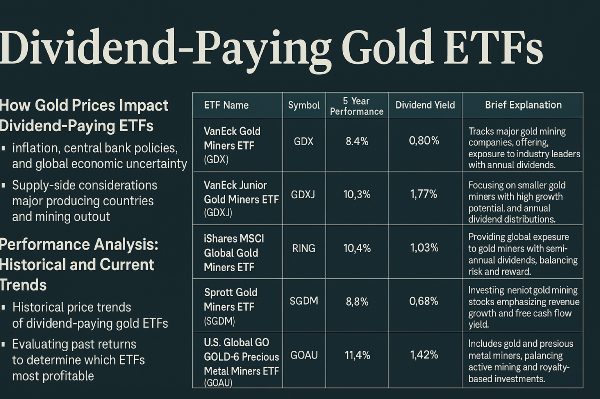
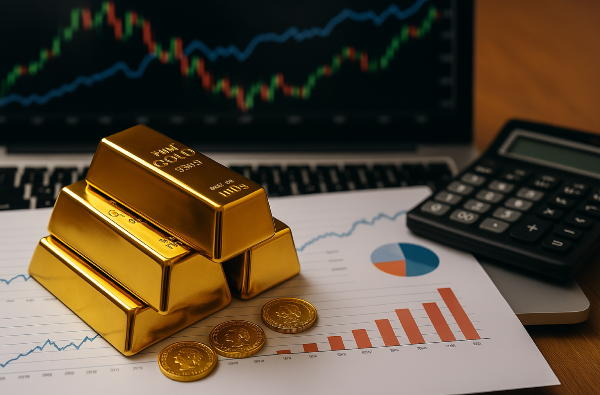
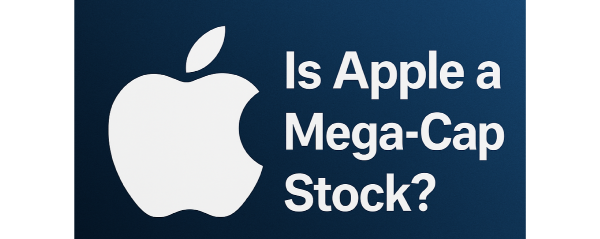
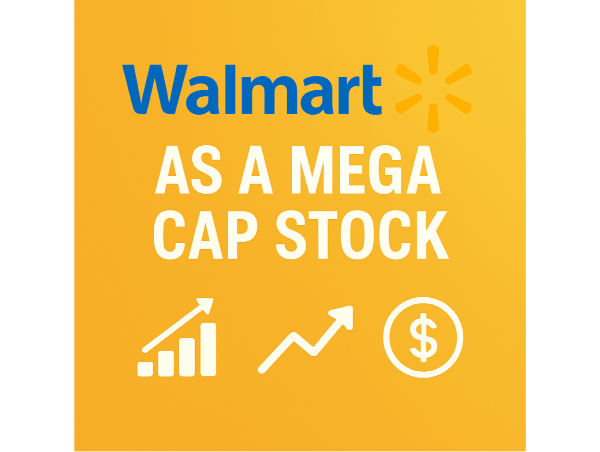
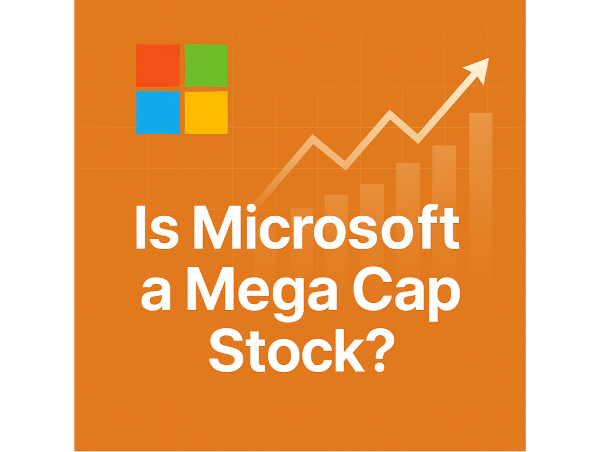

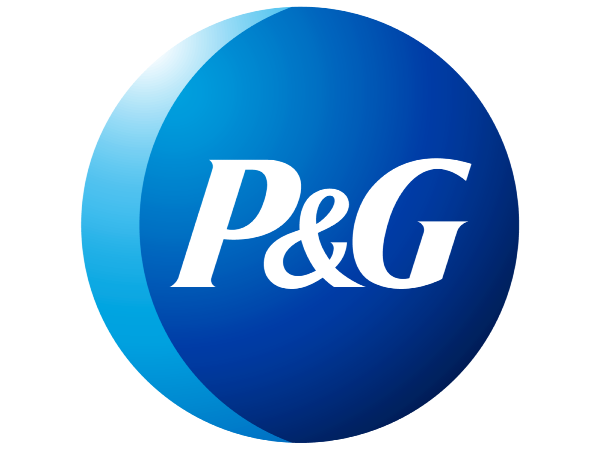


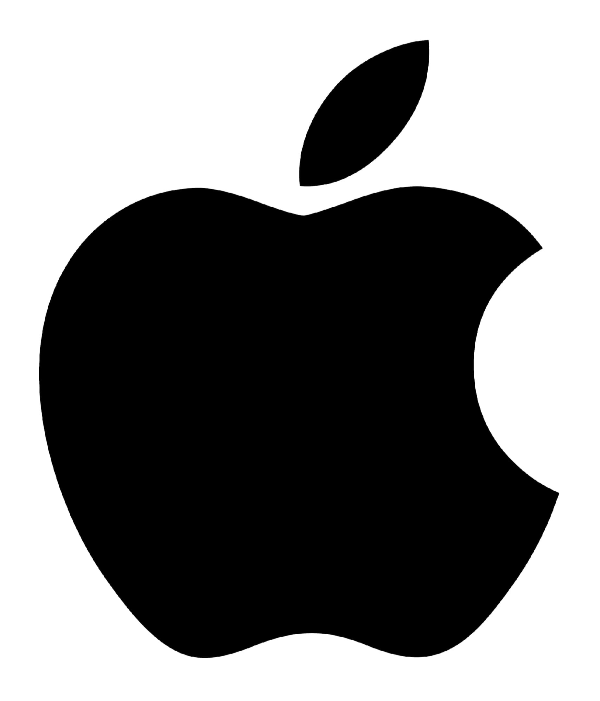
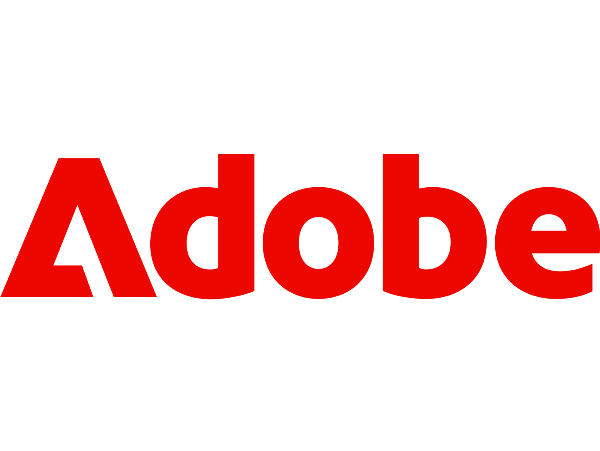
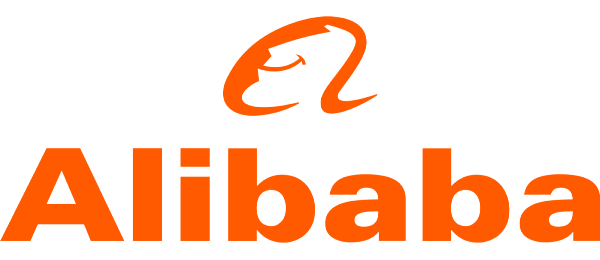



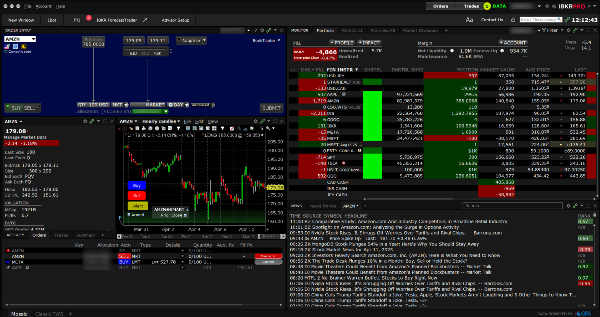
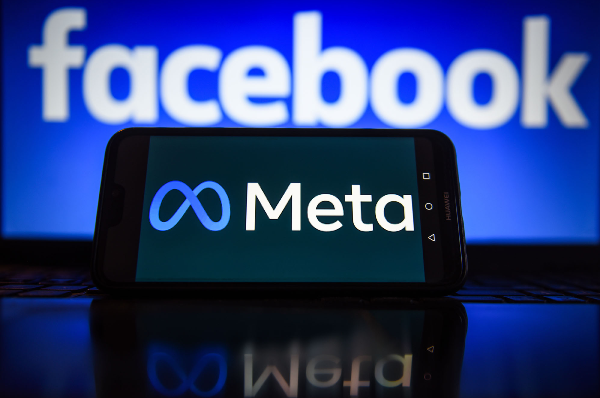









Introduction
VT and VTI are two widely used Vanguard ETFs, each offering distinct investment strategies and market exposure. VT provides global diversification by including stocks from both developed and emerging markets, while VTI focuses solely on the U.S. stock market. Investors often compare these funds to determine the best approach for portfolio diversification, weighing the benefits of international exposure against the stability of domestic equities. Understanding the differences between VT and VTI helps investors align their choices with long-term financial goals and risk tolerance.
Fund Composition and Market Exposure
VT offers broad global diversification by including stocks from both developed and emerging markets, providing exposure to economies beyond the U.S. This approach helps investors mitigate risks associated with domestic market fluctuations while capturing growth opportunities worldwide. In contrast, VTI focuses solely on the U.S. stock market, relying on domestic economic trends and sector performance. Geographic allocation plays a crucial role in balancing risk and return potential, with VT offering a more diversified approach and VTI benefiting from the stability of U.S. equities. Investors choose between these funds based on their preference for international exposure or domestic market concentration.
Expense Ratios and Cost Efficiency
VT and VTI both offer low-cost investment options, but their expense ratios differ, impacting long-term returns. VT has an expense ratio of 0.07 percent, while VTI maintains a lower 0.03 percent, making it a more cost-efficient choice for investors focused on minimizing fees. Over time, lower expense ratios allow more capital to remain invested, compounding gains and improving portfolio performance. VT’s global diversification may justify its slightly higher cost, but for those prioritizing cost efficiency, VTI provides an advantage. Understanding these differences helps investors optimize their strategies based on financial goals and investment horizons.
Historical Performance and Market Trends
VT and VTI have shown distinct performance trends over time, reflecting their differing market exposures. Over the past decade, VT has delivered an annualized return of approximately 9.08 percent, while VTI has outperformed with a 12.08 percent annualized return. This difference is largely due to VTI’s exclusive focus on the U.S. stock market, which has experienced strong growth compared to international markets. Global economic conditions influence VT’s returns, as emerging markets and foreign equities introduce additional volatility. Investors evaluating historical trends should consider whether they prefer the broader diversification of VT or the historically stronger performance of U.S. equities through VTI.
Risk and Volatility Considerations
VT and VTI differ in their risk profiles due to their market exposure. VT includes international stocks, making it susceptible to currency fluctuations and geopolitical risks. Changes in exchange rates can impact returns, especially when the U.S. dollar strengthens against foreign currencies. VTI, on the other hand, relies solely on U.S. economic stability, benefiting from domestic sector performance but lacking global diversification. Diversification plays a crucial role in managing portfolio risk, with VT offering broader exposure to global markets while VTI provides a more concentrated approach focused on U.S. equities. Investors should weigh these factors based on their risk tolerance and investment objectives.
Dividend Yields and Income Generation
VT and VTI differ in their dividend yields and income generation potential due to their market exposure. VT, which includes international stocks, has a dividend yield of approximately 1.86 percent, with quarterly payouts that vary based on global market conditions. VTI, focused on U.S. equities, generally offers a lower yield but benefits from more consistent dividend growth. Reinvesting dividends allows investors to compound returns over time, enhancing portfolio stability and long-term wealth accumulation. Evaluating dividend stability involves analyzing payout ratios and historical growth trends, helping investors determine which ETF aligns best with their income generation goals.
Tax Efficiency and Portfolio Impact
VT and VTI differ in their tax efficiency due to their market exposure and fund structure. VT, which includes international stocks, may result in foreign tax withholding on dividends, impacting overall returns. VTI, focused solely on U.S. equities, avoids this issue, making it more tax-efficient for domestic investors. Additionally, VTI’s structure minimizes taxable distributions, reducing capital gains exposure compared to VT. Investors seeking to optimize tax efficiency often favor VTI for its lower tax burden, while those prioritizing global diversification may accept VT’s tax implications as part of a broader investment strategy.
Investor Preferences and Portfolio Allocation
Global investors often favor VT for its broad market exposure, as it includes stocks from both developed and emerging economies. This diversification helps mitigate risks associated with domestic market fluctuations and provides access to international growth opportunities. In contrast, U.S.-focused investors prefer VTI for its concentration in American equities, benefiting from the stability and historical strength of the U.S. economy. Investor sentiment plays a crucial role in fund selection, with those seeking global diversification leaning toward VT, while investors prioritizing domestic market performance opt for VTI.
Long-Term Investment Strategy
VT and VTI cater to different long-term investment strategies based on financial goals and risk tolerance. VT provides global diversification, making it suitable for investors seeking exposure to international markets alongside U.S. equities. VTI, focused solely on the U.S. stock market, benefits from domestic economic stability and historically strong performance. Portfolio allocation strategies incorporating VT and VTI depend on an investor’s preference for diversification versus concentrated exposure. Balancing diversification, cost, and tax efficiency ensures optimal returns, with VT offering broader market coverage and VTI providing lower expense ratios and tax advantages for U.S.-focused investors.
Conclusion
Choosing between VT and VTI depends on an investor’s financial goals, risk tolerance, and preference for diversification. VT provides global market exposure, allowing investors to tap into both developed and emerging economies, while VTI focuses solely on U.S. equities, benefiting from domestic economic strength and historical performance. Cost considerations, tax efficiency, and portfolio allocation strategies play a crucial role in selecting the right ETF. Investors prioritizing broad diversification may find VT more suitable, whereas those seeking lower expense ratios and tax advantages often favor VTI. Understanding these differences helps investors optimize their portfolios for long-term growth and stability.